Growth Happiness Index and an authentic preserved culture sustained by a targeted objective of mainly receiving high-spending travellers are turning the small Himalayan Kingdom of Bhutan into a trendy destination to visit. The closure of Tibet to foreign travellers linked to turbulences in the semi-autonomous region could now further boost the country's appeal among adventure and culture travellers…
BANGKOK- He seems a rather relaxed person, speaking in a soft tone about Bhutan tourism and its development perspectives, At TTM+ 2012, Thailand inbound travel show for B2B, Thuji Dorji Nadik, Director Pland and Programmes of the Tourism Council of Bhutan explained to media and buyers what are the secrets behind Bhutan sudden surge in popularity. “Our authentic culture and also the fact that we are the only country in the world to believe in the philosophy and principles of Gross National Happiness (GNH) certainly turn people curious about us. Even if our famous GNH index is not always properly understood, as many people expect to see only happy Bhutanese! Of course, GNH measures elements able to create a favourable environment to happiness…” He explained during a media briefing at TTM. GNH embodies equitable and equal socio-economic development; preservation and promotion of cultural and spiritual heritage; conservation of environment; good governance which are interwoven, complementary, and consistent. These principles strengthen national and local values, aesthetics, and spiritual traditions.
For Bhutan, unexplored and pristine nature, untouched and authentic culture, meditation and traditional medicine are the key elements attracting travellers these days. “The royal wedding of our King generated also a lot if curiosity. Especially as we are the only surviving independent Himalayan Kingdom from a total of six or seven in the past”, explains Thuki Dorji Nadik.
Unlike most countries in Asia, Bhutan took the bold decision to look at the niche rather than at the mass market. The Kingdom’s authenticity is preserved by relatively high prices. With a compulsory spending varying between US$ 200 and US$ 250 per day (including however, guiding, lodging and meals), the price is certain to discourage many travellers to venture into the Himalayan Kingdom. In no ways, Bhutan is likely to go on the footsteps of neighbouring Nepal. Visa are only delivered if a tour is booked with a local travel agency. They are 300 local operators who accommodate the requests of travellers coming from 100 international tour operators.
The main complaint from travellers seems about high fares.”We try to look at that issue but we have limited capacity with Druk Air, our national carrier, being the only one flying into Paro. And they only have three aircraft in their fleet,” adds Bhutan Tourism Director. It seems however that negotiations are going on to allow one or two more carriers with small aircraft to fly into Bhutan, most likely out of India or Nepal.
High prices and limited air seats capacity does however not deter tourists to come. Last year, the Himalayan Kingdom welcomed 64,028 foreign travellers, a figure up by 56.6% over 2010. They spent US$ 47.68 million. This represents US$ 744.67 per capita. According to Thuki Dorji Nadik, the largest groups of travellers are the Japanese, followed by the Americans and the Germans while Chinese are now among the top five. By continent, Europe remains however the largest incoming market with almost 12,000 travellers in 2010.
While Bhutanese and travellers enjoy the serenity of the little Kingdom, the situation seems to worsen in Tibet where the self immolation at the end of May of three people (two months and a mother of two children) in front of the Jokhang Temple in the old part of Tibetan capital Lhasa precipitated China’s decision to isolate Tibet. In total over 30 people already died consumed by fire. Since the start of June, hotels have been told not to take any international booking. A similar step was taken by the Chinese authorities in 2008 during the previous crackdown. China only opened the autonomous province to tourism in 2006. Last year 8.6 million visitors came to the province, including Chinese nationals. The Tibetan administration was expecting this year 10 million but it is now certain that this number will go down, most probably by double-digit figures.
Is Tibet delicate situation likely to see tourists switching destinations from Tibet into Bhutan ? Or could it also have a negative effect for all countries of the Himalayan region? “I don’t think that we can expect a “Tibet effect” for our tourism, neither in a negative or positive way. We are not connected together,” indicates Thuki Dorji Nadik.
Luc Citrinot a French national is a freelance journalist and consultant in tourism and air transport with over 20 years experience. Based in Paris and Bangkok, he works for various travel and air transport trade publications in Europe and Asia.


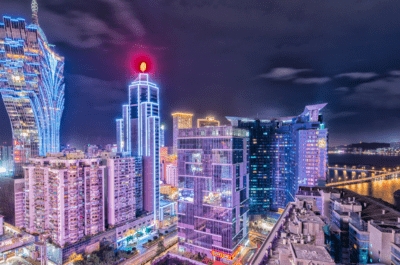
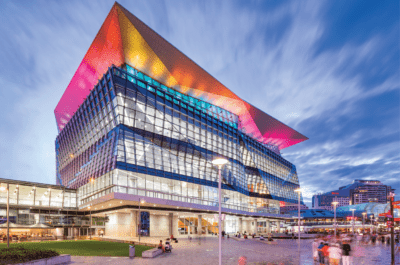













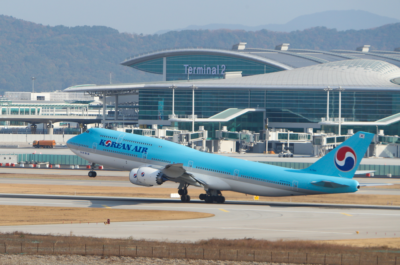









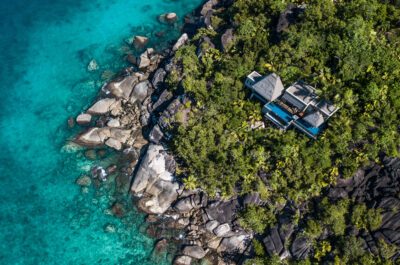

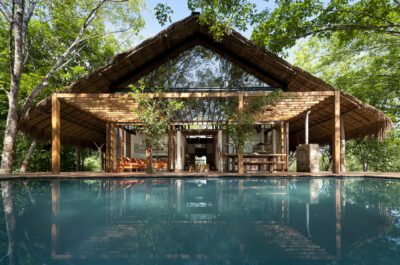



![[PR] PR_Ascott and Vimut Hospital_2024](https://www.traveldailynews.asia/wp-content/uploads/2024/04/PR-PR_Ascott-and-Vimut-Hospital_2024-400x265.jpg)









































